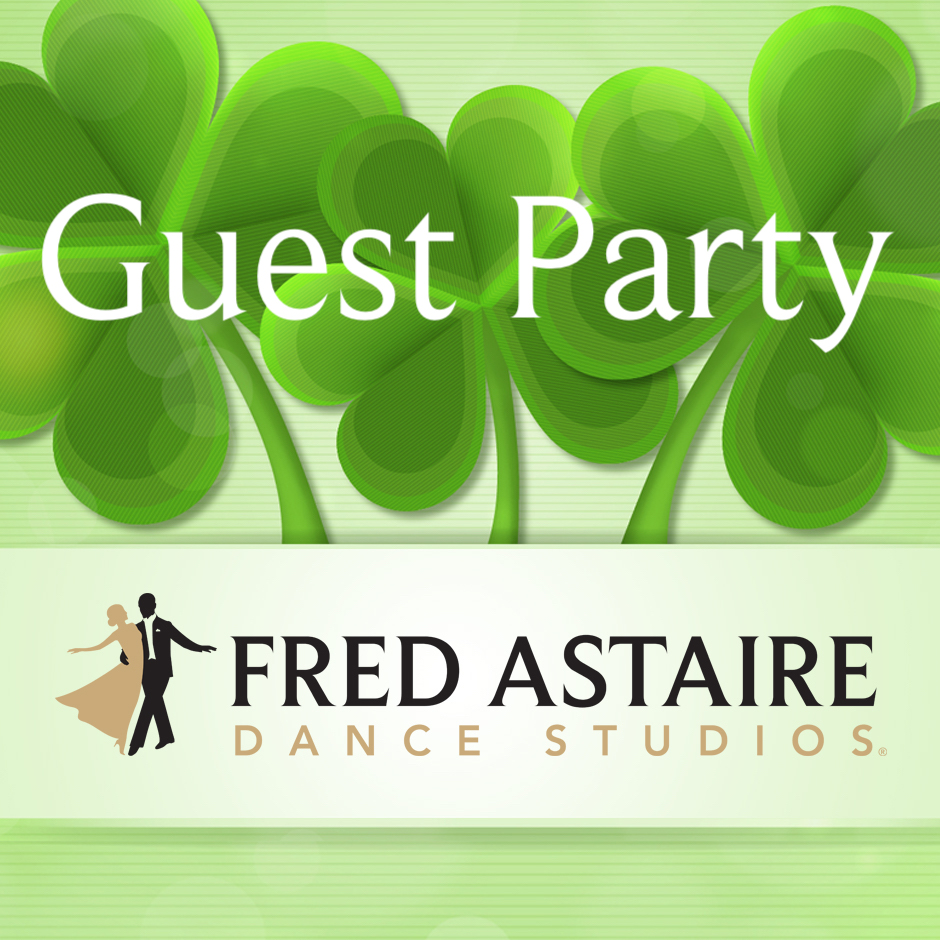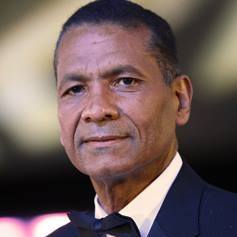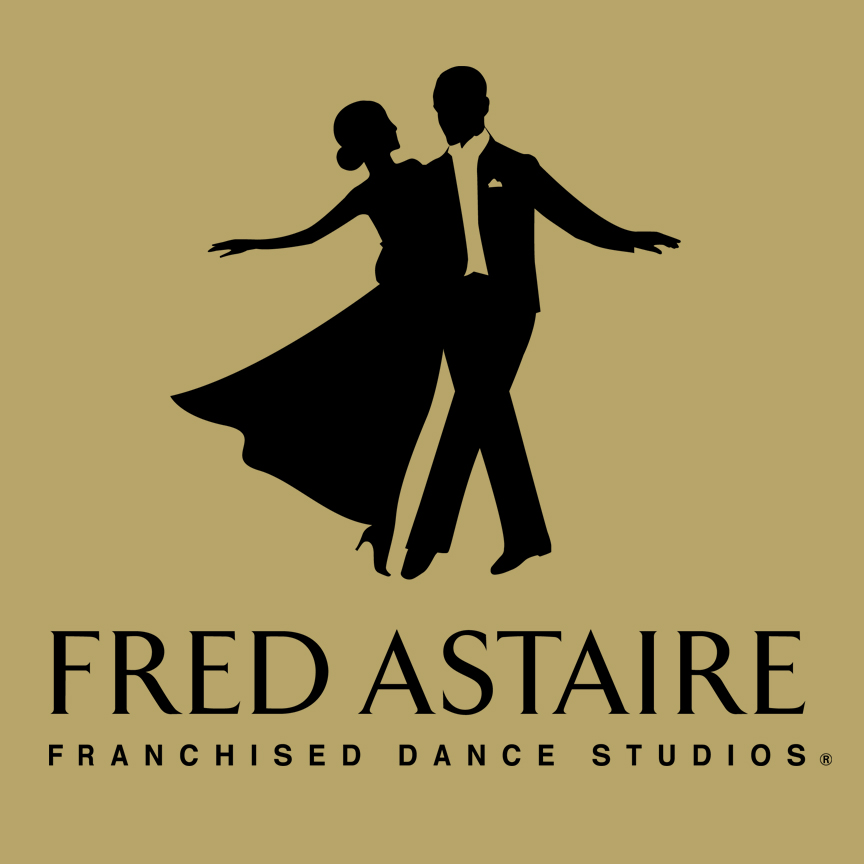In New York, where Mambo took off in the US, dancers call their dance Mambo rather than Salsa because Tito Puente often said, “Salsa is a condiment of food. You eat salsa. You don’t listen to it.” To create more differences between their dance and salsa, they called it Mambo “on 2,” referring to the first step taking place on the second beat. “On 2” dancers believed that their dance was superior because of the style and technique that made it look more relaxed and elastic looking. “On 2” turning patterns are usually longer, faster, and more complex than ones practiced in other locations.
In countries where Salsa/Mambo is prevalent, it is known as a social or nightclub dance. But it can be danced at ballroom competitions. It plays with the idea of “street” dance versus “ballroom” dance. For some, “street” is considered a derogatory term that points to the unpolished nature of the dance. For others, it means the dance is more organic and “ballroom” is the negative term that shows how artificial and inauthentic the dance is. “On 2” dancers have tried to mix the two. They will take movements seen in clubs or danced by family and friends and adapt them for competition to make the dance seem more improvised.










